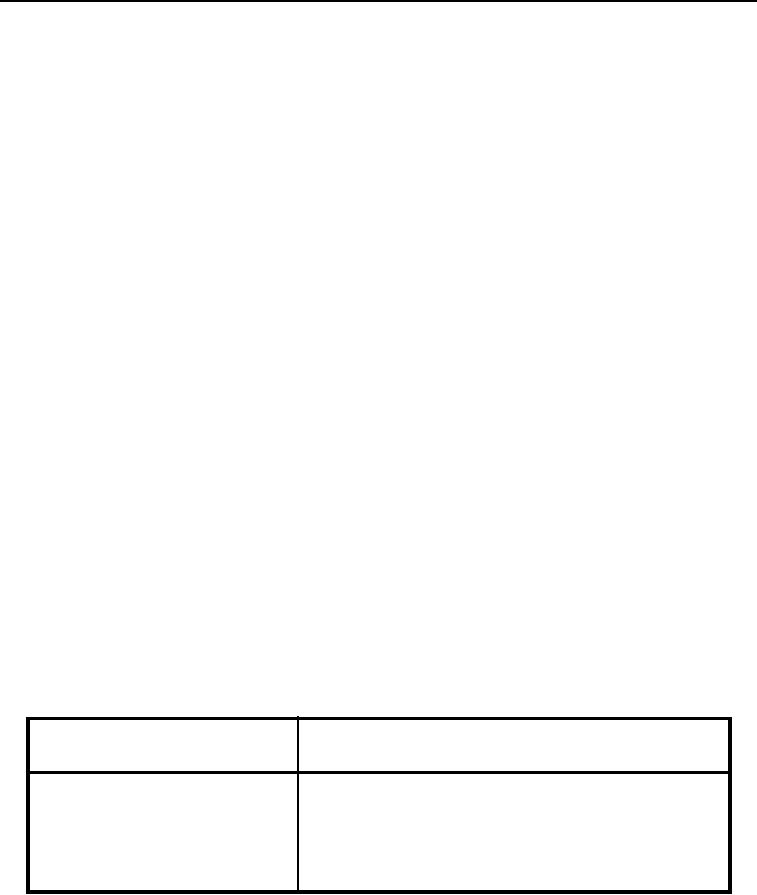
TM 5-3805-293-23-5
0295
EVACUATION CONTINUED
N OT E
If replacement or repair of a component is necessary, refrigerant must be recovered from
A/C system.
If A/C system has lost any ch rge after a long period of time, refrigerant in A/C system
a
must be recovered.
Always perform evacuating procedure to removeall air and moisture from the A/C system.
Never give a system complete charge withoutfirst performing the evacuating procedure.
Evacuating the A/C system with a vacuumpump will boil and remove any water in the
system. Remove water from the A/C system by evacuating the system with a vacuum
pump.
1. Ensure that manifold gauge set low-side valve (Figure 2, Item 6) and high-side valve (Figure 2, Item 2) are
closed.
2. Disconnect charging hose (Figure 2, Item 3) from recovery station inlet (Figure 2, Item 5) on refrigerant service
unit.
3. Check oil level in vacuum pump. Add oil as necessary. Refer to vacuum pump OEM manual for correct
procedure.
4. Connect charging hose (Figure 2, Item 3) to vacuum pump inlet (Figure 2, Item 4).
5. Open manifold gauge set low-side valve (Figure 2, Item 6) and high-side valve (Figure 2, Item 2) completely.
Turn valves counterclockwise to open.
6. Evacuate A/C system. Refer to vacuum pump OEM manual for operating instructions.
N OT E
At sea level, 28 inHg to 29inHg (95 kPa to 98 kPa) is the required pressure specification.
At high elevations, less pressure is required.
For every 1,000 ft (305 m) above sea level,decrease the required specification by 1 inHg
(3 kPa).
7. Operate vacuum pump until low-pressure gauge (Figure 2, Item 1) indicates a vacuum between 28 inHg and
29 inHg (95 kPa to 98 kPa). Refer to Table 1.
Table 1. A/C Vacuum.
0295
Ambient
Vacuum Required to Boil Water
Temperature F (C)
in A/C System (InHg [kPa])
28 inHg (95 kPa)
100F (38C)
0
0
90F (32C)
28.5 inHg (96.5 kPa)
0
0
81F (27C)
28.8 inHg (97.5 kPa)
0
0
70F (21C)
29.2 inHg (98.8 kPa)
0
0

